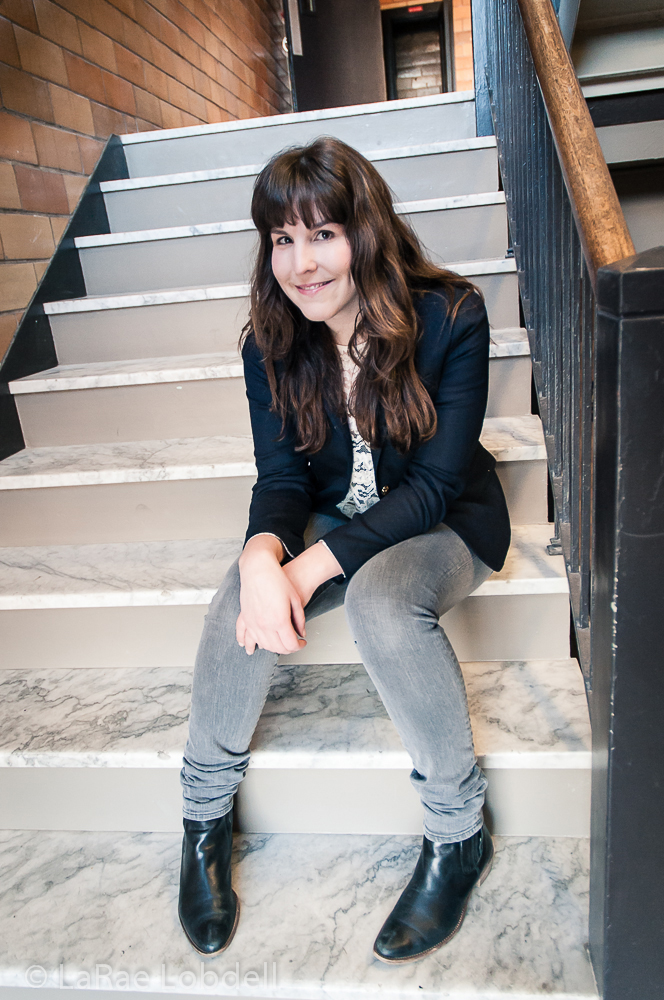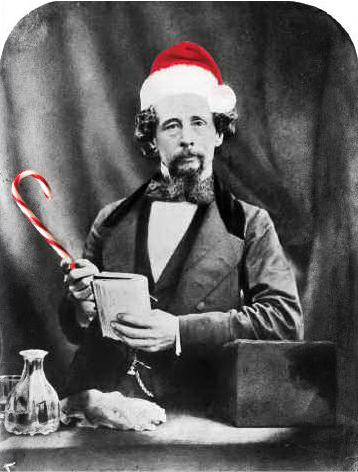IF BROADWAY, THAT eternally dying American institution, ever had a prime of life, it was undoubtedly the theatrical season of 1927. In that year, the Great White Way featured 264 productions, more than any time before or since. In the week following that Christmas, 16 separate plays opened, including George Kelly’s Behold the Bridegroom (which you can still read about in theater histories), Hammerstein and Kern’s Showboat (which you can still see in revival), and George S. Kaufman and Edna Ferber’s The Royal Family, which you can currently see at the Intiman Theater.
The Royal Family
Intiman Theater till November 14
Not only was American Theater at the absolute flood of its tide, so were the Barrymores, the great acting dynasty that this play affectionately parodies. In 1927 John, Lionel, and Ethel Barrymore were at the height of their legitimate fame. In the years that followed, John became an alcoholic parody of himself, Lionel retreated from the stage to character roles in Hollywood, and Ethel’s stage career fell into a long languishing until her triumphant return in 1940 with Emlyn Williams’ The Corn Is Green. But in 1927, the Barrymores looked as brilliant and full of shining potential as the Kennedy clan in 1961.
It’s easy to see why The Royal Family remains so popular with theatrical companies—at root, it’s about the irresistible lure of the theater. Three generations of the Cavendish family, from matron Fanny (Jeannie Carson) to her son Anthony (Frank Corrado) and her daughter Julie (Barbara Dirickson), and through to Julie’s daughter Gwen (Betsy Brandt), are hopelessly addicted to life on the stage. Even when romance comes along, first to Gwen in the person of the handsome but conventional Perry (Chad Kelderman), then to her mother Julie in the very rich but very uninteresting Gilbert (Mark Chamberlin), there’s little doubt as to whether the Cavendish women will ever be willing to give up the theater for domestic happiness.
The script relies a lot on these patently manufactured romantic dilemmas, so it’s a good thing indeed that the splendiferous Ms. Dirickson is on board. Dirickson’s comic gift is an uncanny ability to construct a personality of charm, sophistication, and grace, then entirely toss out the entire facade to reveal a snarling dingo of selfish desire. Her performance provides the mainspring for the show, one that’s ably assisted through the joyously energetic efforts of Corrado as the bad boy of the Cavendish clan. In a freewheeling parody of John Barrymore and his legendary excesses, this actor travels across the stage with nimble little leaps that are a hilarious counterpart to his usual air of forceful authority. It’s as unexpected and funny as watching a CEO break into “Afternoon of a Faun.”
UNFORTUNATELY, the roles provided to stalwarts R. Hamilton Wright (as the less talented relative Herbert) and Laurence Ballard (as the tried-and-true theatrical manager Oscar) are far beneath either actor’s considerable comic talents. Director Warner Shook, also Intiman’s artistic director, tries to cover the lulls in the script with some elaborate choreographed business—servants bustling about and people flitting from room to room—and while the result certainly keeps your eye off your watch, some thoughtful cuts would have been welcomed.
At a time when Broadway had enough confidence to sneer at the moving pictures as “not real acting,” The Royal Family includes dozens of theatrical jokes that today are hopelessly obscure even to theater critics who might have an inordinate fondness for obscure theatrical jokes. In fact, considering the reputation of Kaufman, the show has surprisingly few funny lines and a streak of indulgent sentimentality that it’s almost impossible to believe the author of the Marx Brothers movies had any hand in. (As to Edna Ferber, however, it looks right up her alley.) The ending, in particular, is so soaked in bathos that, as Wilde said of the death of Little Nell, anyone who can refrain from laughing must have a heart of stone.
The show is the self-proclaimed swan song for Shook, who’s stepping down. It is laudable for him to give his favorite performers (in Seattle, anyway) such a romp of a play. And the pull of nostalgia for a time when the stage was the center of the American cultural imagination was undoubtedly irresistible for a departing director. But as fitting as the show might be as his personal farewell, it also seems a defeatist effort to stage what amounts to an elegy for live theater. It’s doubtful that the commercial success of that long-ago Broadway season will ever be repeated. But American Theater survived the demise of the Barrymores, and in an era when Hollywood looks more vapid and tiresome than ever, the hope for live performing arts should be located in our future, not our past.







